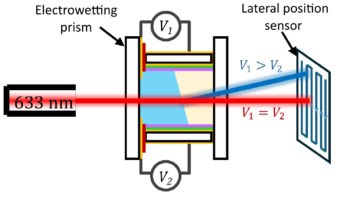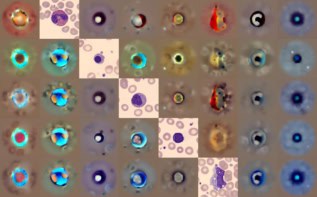Brian Cox’s venture into the life sciences reviewed by Margaret Harris
In the wake of his barnstorming televised tours of the cosmos (Wonders of the Universe) and our own little piece of it (Wonders of the Solar System), fans of the über science communicator Brian Cox must have wondered what the University of Manchester physicist would do next. The answer arrived in February this year, when the BBC broadcast a follow-up series called Wonders of Life, focusing on the physical, biochemical and evolutionary principles that make terrestrial life possible and are responsible for its tremendous diversity. Cox is a particle physicist, so it is no surprise to find in the eponymous “book of the series” that he is a reductionist at heart, devoted to the idea that the best way of understanding things is to break them down into their smallest pieces. As Cox and co-author Andrew Cohen put it in the book’s introduction, the entire science of biology is pretty much just the study of “how life can be fully explained by the laws of physics and chemistry, as it surely must be”. This sort of thinking may raise hackles among biologists, and even some physicists may quibble with his later description of human consciousness as an “illusion”. Fortunately, the rest of the book largely ignores such philosophical pitfalls in favour of much more interesting subjects such as adenosine triphosphate (ATP), the so-called “battery of life” that cells use to store energy. Your reviewer rather warmed to the book at this point, since the study of ATP and the related Krebs cycle was a highlight of her first (and so far only) formal course in biology. It is always gratifying to find an author who shares one’s passion for a subject – although naturally, ATP is far from the only thing that sends Cox into full-on enthusiast mode. Elsewhere in the book, he gushes about subjects as diverse as water-striding insects, methane-gobbling organisms that dwell near deep-sea vents and even kangaroos, which are apparently the only large animal that gets around by hopping. And the book, like the television programme, is rather beautiful to look at, with hundreds of full-colour photos of animals, plants, molecules and (yes) a certain floppy-haired scientist. The only question that remains is whether, having covered life and the universe already, Cox’s next TV series will be a Douglas Adams tribute called Wonders of Everything.
- 2013 Collins/Harper Design £25.00/$29.99hb 288pp



